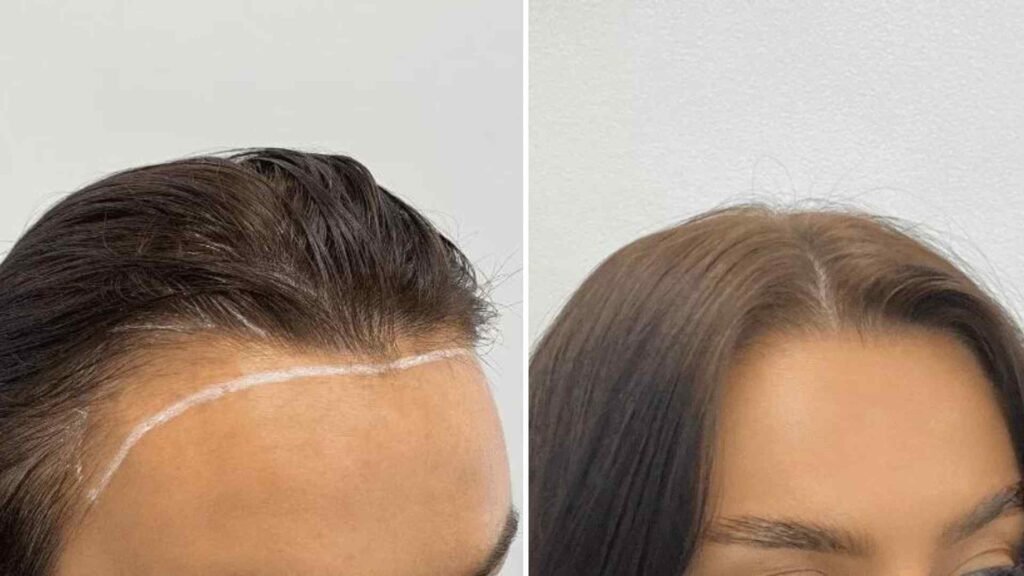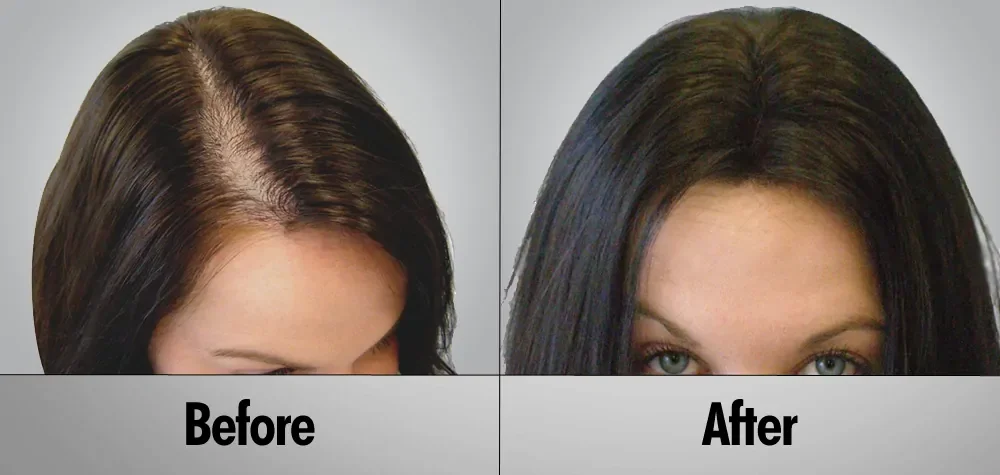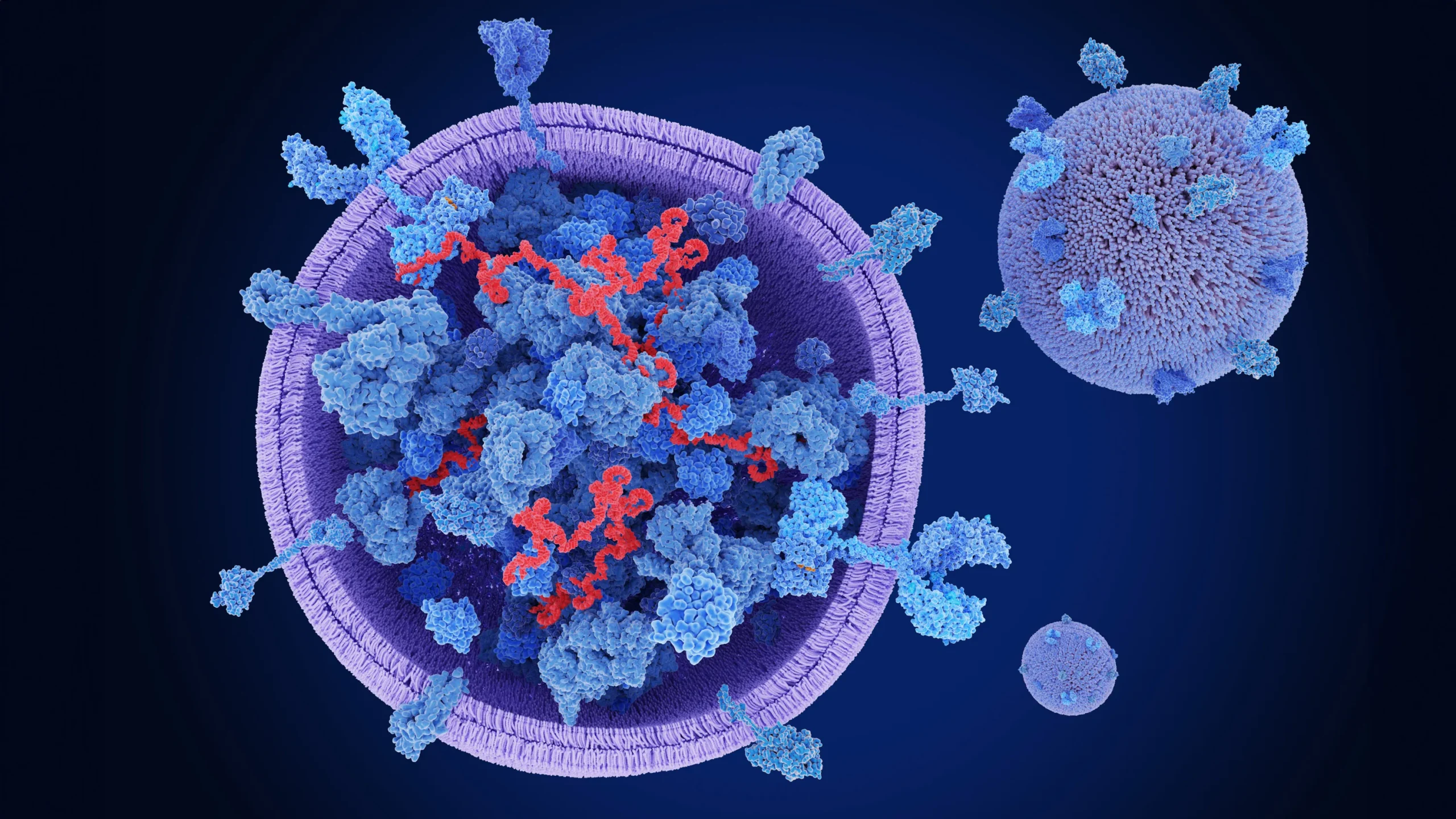Summary: This article provides a comprehensive guide to female hair transplants in Islamabad, covering the procedure, recovery timeline, expert tips, and answers to common post-surgery concerns. It focuses on helping women understand what to expect during the process and how to ensure the best results. With practical advice from experts and real patient experiences, this …
Summary:
This article provides a comprehensive guide to female hair transplants in Islamabad, covering the procedure, recovery timeline, expert tips, and answers to common post-surgery concerns. It focuses on helping women understand what to expect during the process and how to ensure the best results. With practical advice from experts and real patient experiences, this blog aims to empower women looking for hair restoration solutions in Islamabad.

Female Hair Transplant in Islamabad: A Complete Guide to Recovery and Results
Hair loss can be a difficult experience, especially for women who may feel less confident about their appearance. Female hair transplants in Islamabad are becoming an increasingly popular and effective solution for regaining a fuller head of hair. However, like any surgery, proper recovery and care are essential for ensuring the best results. This guide will walk you through everything you need to know about the procedure, the recovery timeline, and expert tips to help you achieve optimal results.
What is Female Hair Transplantation?
Understanding the Procedure
A female hair transplant is a surgical procedure where hair follicles from a donor area (usually the back or sides of the scalp) are transplanted into areas affected by thinning or baldness. The procedure is tailored to a woman’s unique hairline and hair density requirements. Unlike male hair transplants, which typically involve a receding hairline, women often experience diffuse thinning, which requires a more delicate approach.
Differences Between Male and Female Hair Transplants
While both male and female hair transplants involve harvesting hair follicles and transplanting them to bald or thinning areas, the techniques and results differ. Women’s hair loss patterns are more diffuse and spread out, while men’s hair loss is often more concentrated around the hairline or crown. This requires a more personalized approach to achieve a natural-looking hairline for women.
Why Choose Islamabad for Your Female Hair Transplant?
Affordable and Quality Care
Islamabad is known for its top-tier medical facilities that offer world-class hair transplant services at a fraction of the cost compared to Western countries. With skilled surgeons and a growing reputation for medical tourism, many women from around the globe are choosing Islamabad for their hair restoration needs.
Leading Clinics and Experienced Surgeons
The city boasts several internationally accredited clinics and experienced surgeons specializing in female hair transplants. These professionals use the latest techniques such as FUE (Follicular Unit Extraction) and FUT (Follicular Unit Transplantation) to ensure the best results with minimal scarring.
Recovery After Female Hair Transplant: What to Expect
Immediate Aftercare Steps
The first 24-48 hours after your hair transplant are crucial for ensuring the best possible outcome. You’ll need to:
- Avoid touching or scratching the transplanted area.
- Sleep with your head elevated to reduce swelling.
- Use prescribed medications to prevent infection and manage pain.
How Long Should I Avoid Sweating After a Hair Transplant?
Sweating can lead to infection and dislodge newly transplanted follicles, so it’s important to avoid excessive sweating during the initial recovery period (usually 1-2 weeks). Avoid strenuous exercise, hot showers, or saunas during this time to protect your scalp.
Safe Recovery Timeline and Precautions
The recovery process can vary, but here’s a typical timeline:
- Days 1-7: Initial healing and swelling reduction.
- Weeks 1-4: Most of the scabs fall off, and hair starts to shed.
- Months 1-3: The transplanted hair begins to grow.
- Months 3-6: Full results begin to show, with thicker hair growth.
Common Post-Transplant Concerns
When Can I Exercise Again After a Hair Transplant?
Exercising too soon can disrupt the healing process and cause complications. It’s recommended to wait at least 3-4 weeks before resuming light exercise. Avoid activities like running, swimming, and lifting weights during the initial recovery phase.
Why is Sweating Bad After a Hair Transplant?
Sweating can cause infection by introducing bacteria into the healing follicles. It also increases the risk of follicle displacement, which can result in less successful hair growth.
Expert Recovery Tips for a Successful Hair Transplant Outcome

Nourishment and Medication: What’s Best for Faster Healing
To promote healing and improve the health of your transplanted hair, make sure to:
- Follow your doctor’s prescribed medication regimen.
- Eat a nutrient-rich diet with plenty of vitamins and minerals, especially vitamins A, C, and D, which support hair growth.
- Keep your scalp hydrated and follow your surgeon’s instructions for shampooing and caring for the transplanted area.
Scalp Care and Protection During the Recovery Phase
During recovery, it’s crucial to protect your scalp from direct sunlight, chemicals, and excessive friction. Wear a loose, soft hat when going outside and avoid harsh shampoos or conditioners that might irritate the transplanted area.
FAQs
How Long Does the Recovery Take After a Female Hair Transplant in Islamabad?
Most people can return to work and normal activities within 7-10 days, although complete hair growth may take several months. Full results are often seen 6-12 months after the procedure.
Can I Wear Makeup After the Surgery?
It’s recommended to avoid wearing makeup directly on the transplanted area for at least 7-10 days to avoid irritation.
What Should I Avoid During the Recovery Period?
Avoid tight hairstyles, sun exposure, smoking, and strenuous activities during the initial recovery period. Follow your surgeon’s instructions closely to ensure optimal results.
Is the Hair Transplant Permanent?
Yes, once the transplanted hair follicles take root, they will grow just like natural hair and should continue to grow for a lifetime. However, natural hair loss may still occur in untreated areas.
Conclusion: Your Journey to Fuller Hair Starts Here
If you’re ready to regain your confidence with a female hair transplant in Islamabad, don’t wait any longer. Book a consultation with our expert specialists today to learn more about the procedure and how it can help you achieve the results you’ve always dreamed of.






